Learning about letters and sounds is a key literacy skill in the early years and a part of being able to read and write. As teachers/parents we do this orally – helping our children distinguish between sounds like d is for dog, c is for cat.
Language play with nursery rhymes and reading stories like Brown Bear, Brown Bear, what do you see? by Bill Martin Jr. interest children in language and the sounds of our language. Learning more about beginning letter sounds is the next step to linking a child’s oral language skills to written language; what they see and will attempt to write themselves. Interest in beginning sounds often starts with people’s names and the first letter and sound.
IMPORTANT STEPS
Some experts might disagree with me but in a kindergarten classroom setting, I introduce both the letter name and the letter’s initial sound to children at the same time. I also introduce the upper- and lower-case letter forms but then spend most of our time teaching the beginning sound using the lower-case letter. Most of the print a child sees in text are in lower case form so exploring lower case letters is very important.
I believe young children can be taught early the distinction between a letter’s name and the sound it makes in words: D said as ‘dee’ as it’s letter name but makes a shorter /d/ sound phonetically. Some letters make this very easy because the name and the sound are similar but think about W as a letter name and /w/ sound.
In kindergarten and again early in first grade, it is important for teachers to do a quick check of the letters and sounds children know. I am not talking about repeating the alphabet (like in the song) but naming the letters in random order and asking about the sound the letter makes or a word the child knows that starts with that letter.
This is easy to do with the letters of the alphabet on a card in random order for the children to name and a record sheet for the child where you can record their responses.
YOU CAN DOWNLOAD MY LETTER ID SCORING SHEET HERE!
I have a simple form I use that just lists the letters in the order they are on the card the child reads from. I have a place to mark if the child knows the letter by name, sound, or a word that starts that way. It is modeled after several assessments I have used over the years.
As a classroom teacher you can then see which letters are already well known by the children in your classroom and the ones that most everyone needs to be taught. This is valuable information to guide instruction. Once you have a grasp on what your children do or do not know, you have a clearer vision on which letters to teach first. When thinking about this, you also need to consider the usefulness of a letter. X, for example is not a frequently used letter.
A WORD OF CAUTION
It many kindergarten classrooms it has been the practice to do the letter of the week and a total program can be built around this idea.
Twenty-six letters, twenty-six weeks of school! How convenient!
Before you start shaking your head yes, think about what your assessment of letters and sounds tells you. Some letters will need lots of attention, while others are very well known. My preferred way is to teach/ review a letter a day so that over the first week of instruction, so you have a handful of letters to review and consolidate.
Then gradually add more letters, three or so a week until all the high utility letters have been taught.
Often starting with the letters S, A, T, P, I, N is a good idea!
These letters are easily distinguished and allow children to begin to mix and match these letters to start making simple words – at, it, in, pat, sat, tin, pin. I want the children to see the value of the letters by making them into words as soon as possible.
Some things about letters to be aware of:
- S is very distinctive
- E and F catch the attention because of the straight lines for are easily confused
- a and e are easily confused, as are m and n, u and w, n and u, k and y
- I, l, L, 1 are easily confused as are b, p, d
Finally, add the remaining letters!
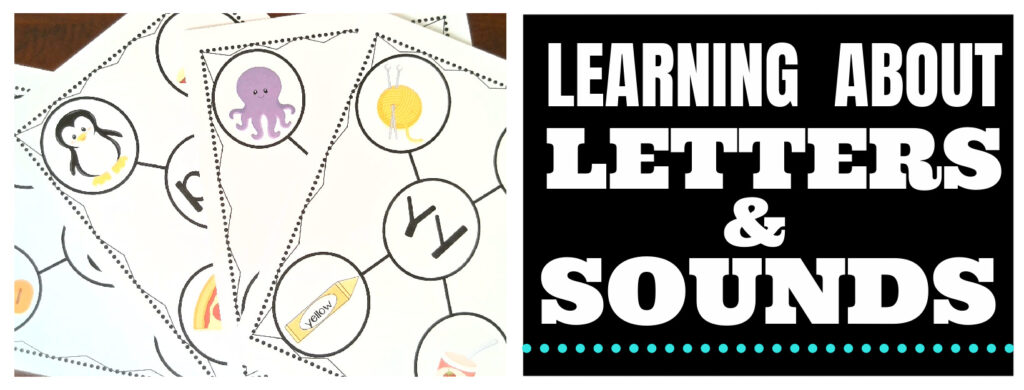
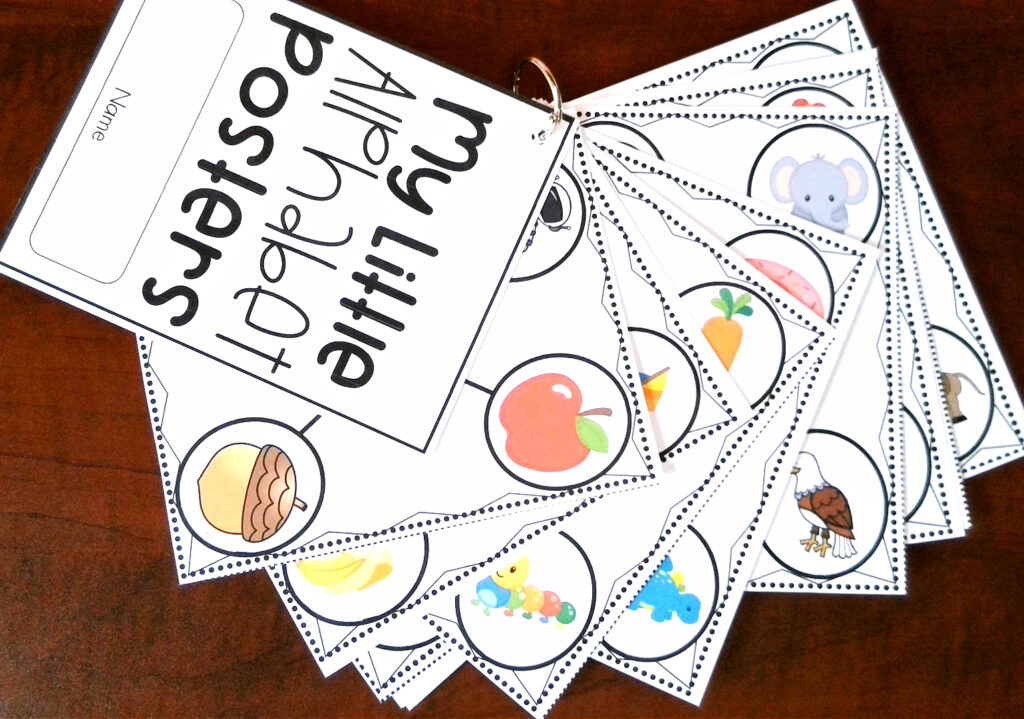
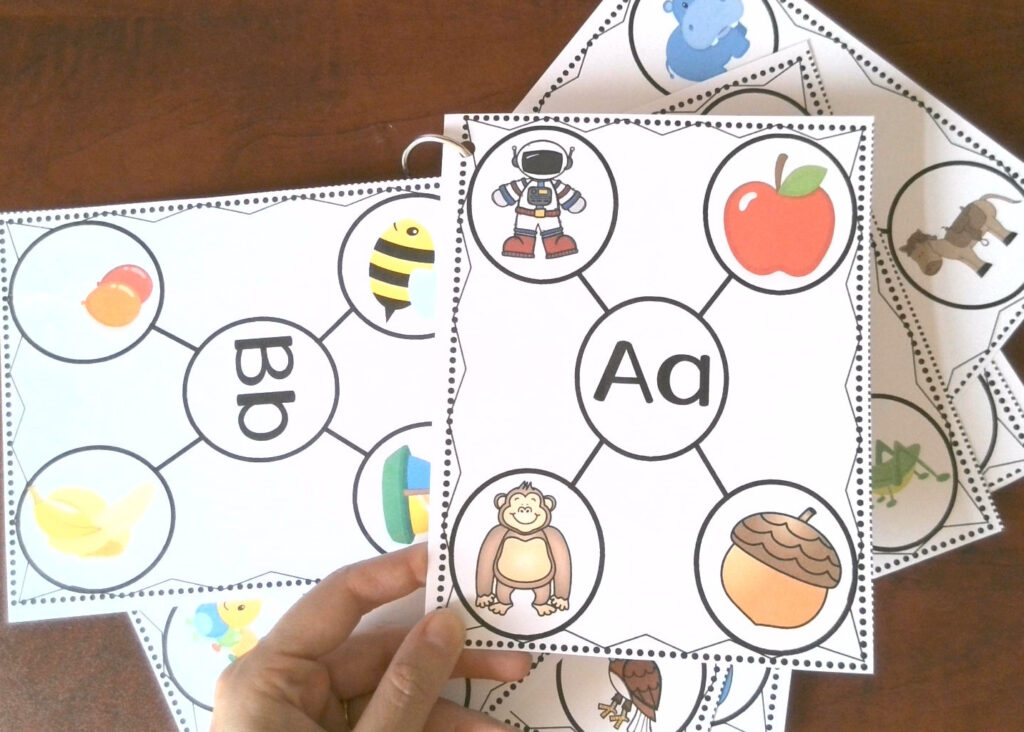

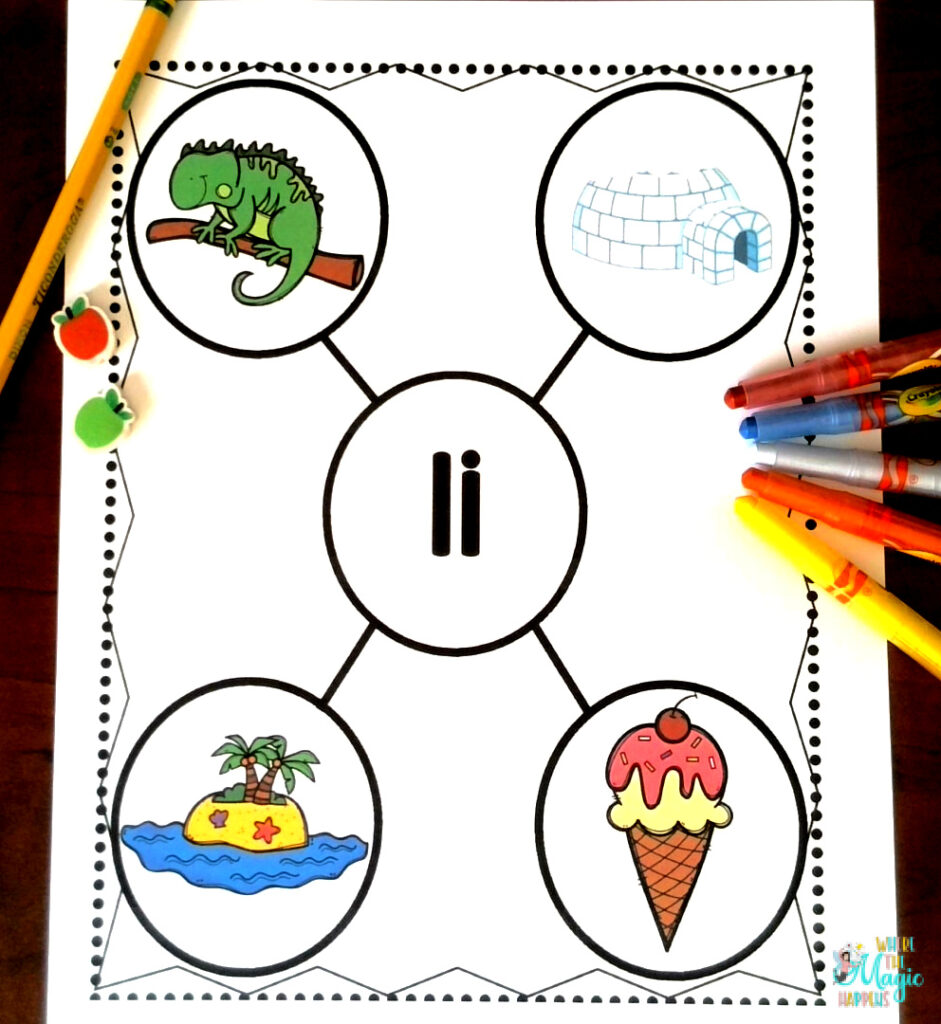
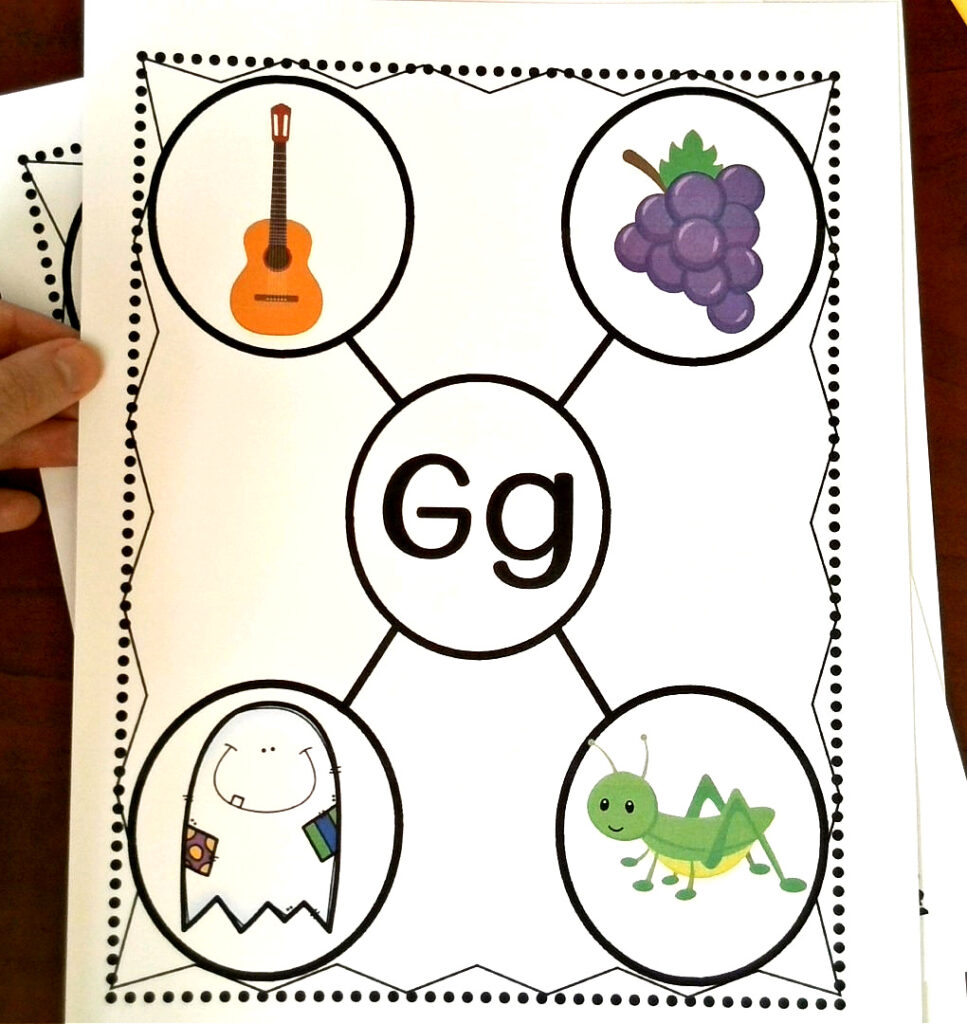
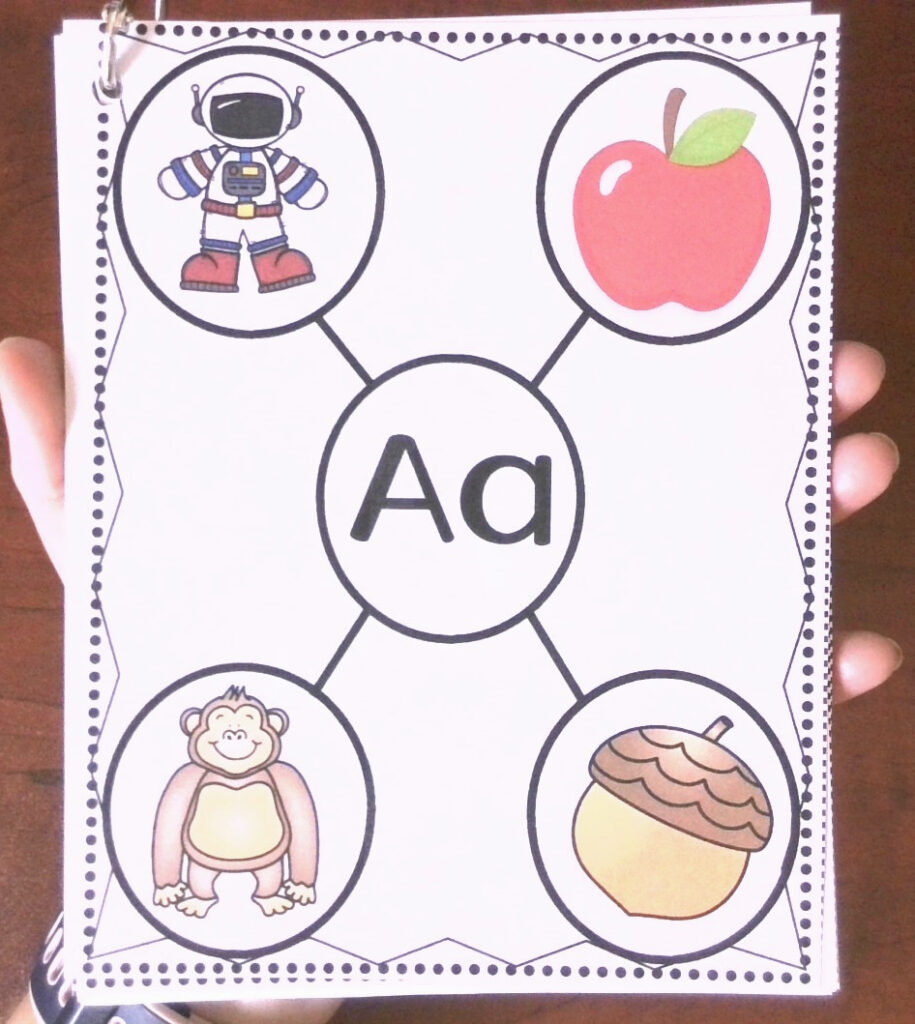
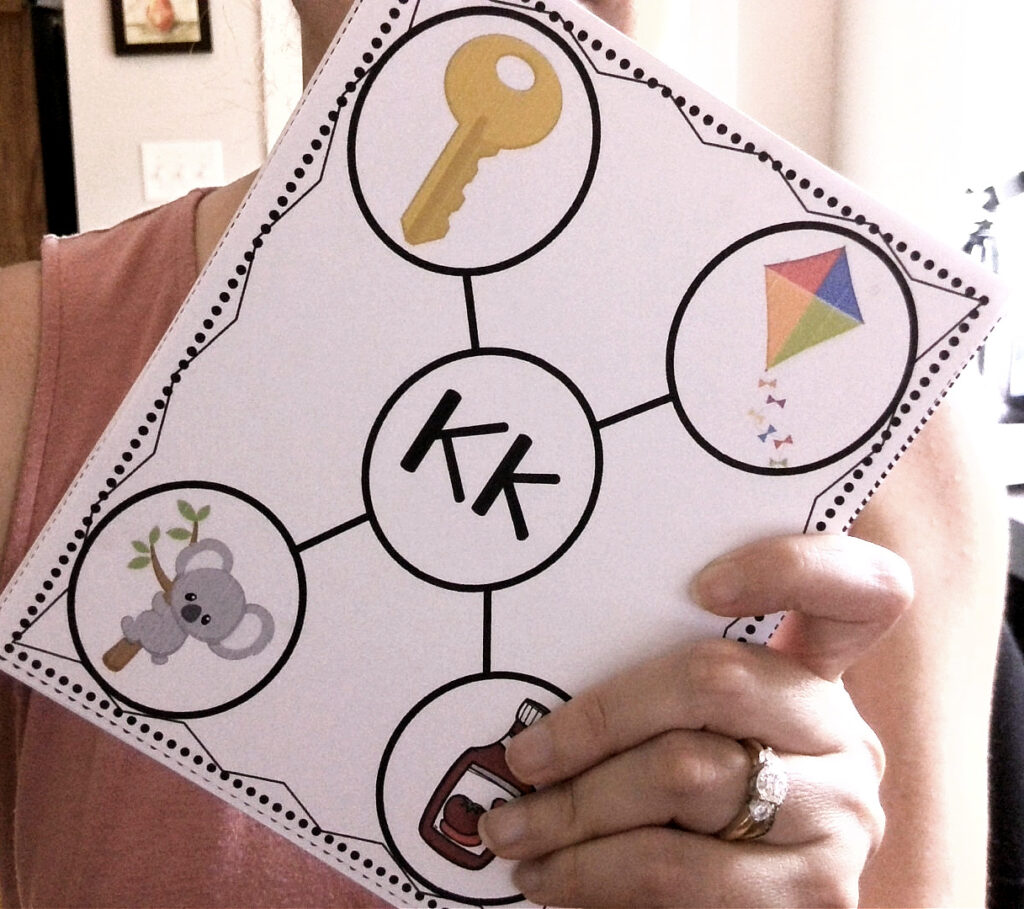
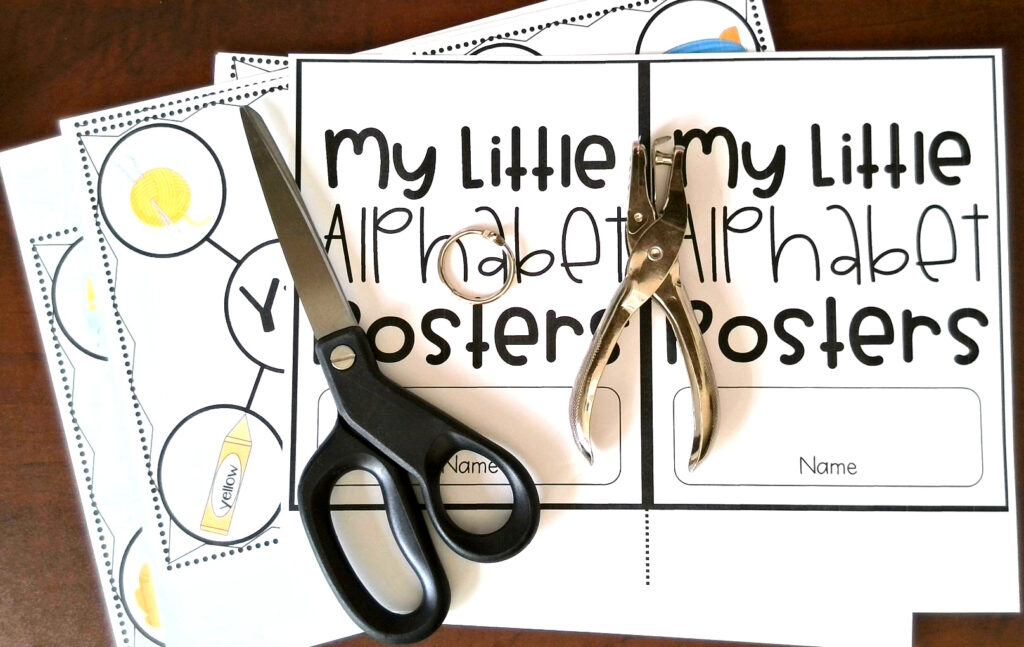

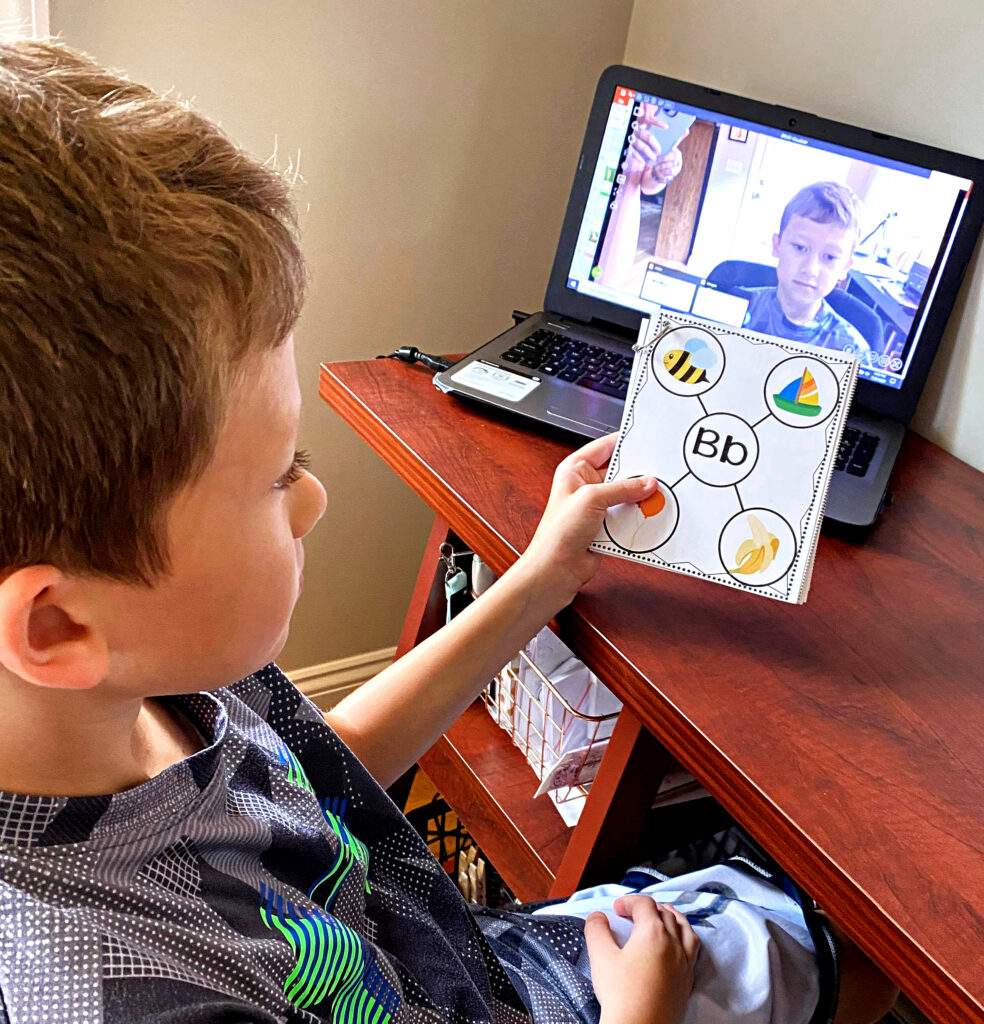
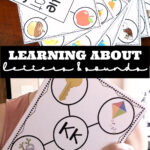
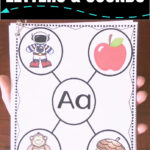
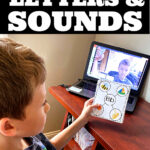
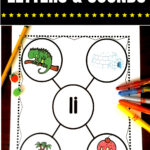
[…] can purchase the alphabet posters from my TPT store. You can click HERE to read all about “learning letters and sounds”, while you are at it, you can also […]